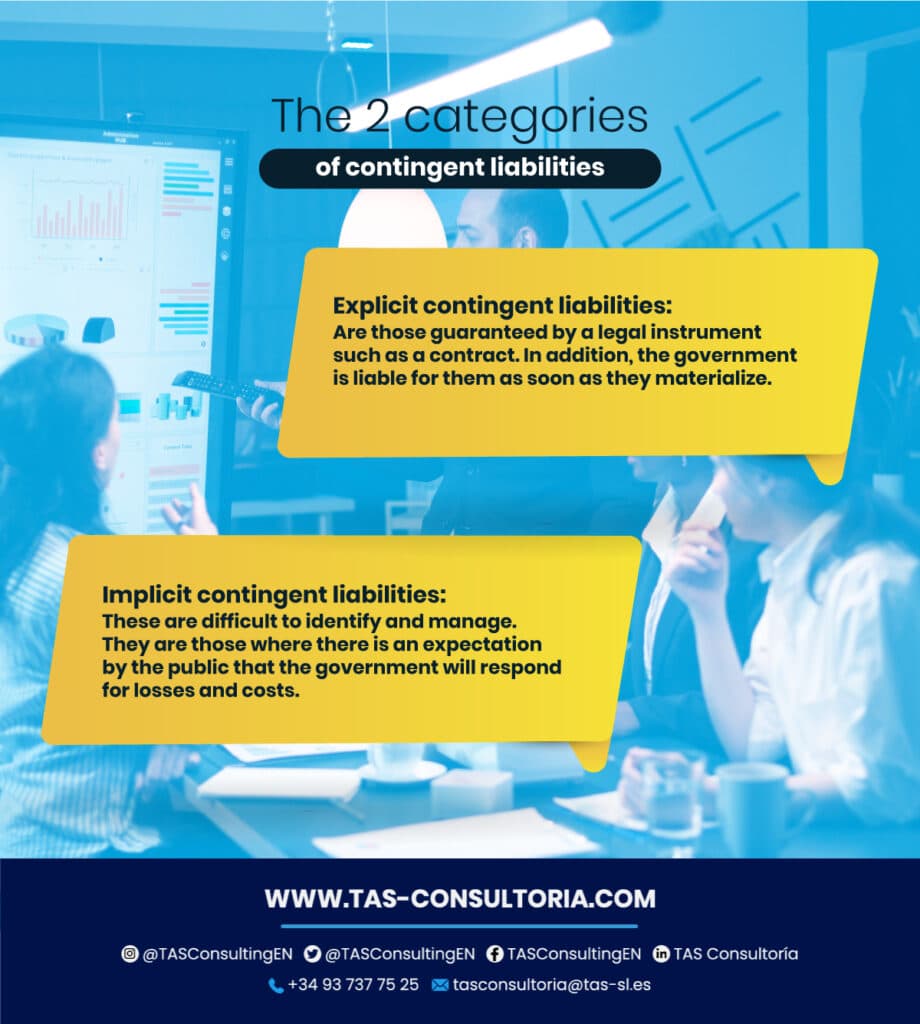
Fiscal policy can promote business growth, economic stability and social equality. But, to achieve this, it is necessary to implement fiscal rules that help make this happen. That’s why you should be careful to avoid tax risks as much as possible. If you are interested in learning how you can avoid tax risks and keep up with tax policy, stay with us to the end of this article!
What is meant by tax risks?
Fiscal risks are understood as a series of unexpected events that are detrimental to the established fiscal framework. When fiscal risks occur in any company, there can be a significant negative impact on the company’s fiscal results, which can cause great damage to the company’s financing.
When these risks materialize, there are numerous negative impacts on the fiscal outcome. That is, the surplus or deficit of the public sector. All through the obligation to meet higher expenditures and have lower public revenues than expected.
You may also be interested in: Taxes in Spain for Foreigners
What types of tax risks may you encounter?
Although there is no specific category of fiscal risks in fiscal policy, there is a kind of generic classification where fiscal risks are divided into two main groups.
- Macroeconomic risks.
- Risks of materialization of contingent liabilities.
In turn, these groups can be divided into categories according to their legal status (explicit and implicit), by the frequency with which they materialize (continuous or discrete) or by their relationship with the actions of the State (endogenous or exogenous).
Macroeconomic Risks
These risks are associated with the evolution of aggregate variables, the exchange rate, inflation, interest rates and commodity prices, among others.
One of the consequences of these variables is that they can affect fiscal policy. Interfering with public accounts through various transmission mechanisms, such as lower tax collection, higher input costs for the production of public goods and services, or by increasing debt service.
Risks of materialization of contingent liabilities
These are liabilities that arise when uncertain events occur in fiscal policy that affect the social level. As an example, we can mention the creation of a new regulation put in place by the government, new costs of judgments for legal claims against the state or costs due to natural disasters. Contingent liabilities can be distributed in two categories.

Another way to measure risks is to classify them into endogenous and exogenous:

How should tax risks be managed in companies?
The first thing your company must do to keep up with tax policy is to identify the tax risks to which it may be exposed. It must also quantify the impact they may have and inform all members of what is happening.
After the first steps have been taken, the next step is to manage the risks themselves. To do this, an analysis must be carried out to reduce risk and to take the necessary precautions to help mitigate costs. This must be done taking into account the different types of risks that may be encountered.
You may also be interested in: Double taxation in Spain
Where can tax risks be located in a company?
To be able to answer this, it must be clear that each department in your company makes important decisions that can lead to a series of risks that can affect its relationship with tax policy.
Therefore, the company together with its team must know how far they can go and assess the effects that may occur. This is because the management of tax risks requires effective and optimal control by the members of the company.
How can the improvement of the tax function be measured?
It is important to achieve an effective and correct tax management within the company, one that is aligned with the tax policy. However, this requires hard teamwork and the skills of people specialized in different areas.
Therefore, it is necessary to provide tax departments with adequate human and material resources to help maintain order. In this way, the effective management of resources will become the best indicator when it comes to measuring the improvement of the tax function in companies.
You may also be interested in: What are the penalties imposed by the Tax Agency?
To learn more about the tax risks that may affect your relationship with tax policy. I encourage you to contact us through our email tasconsultoria@tas-sl.es.
We have excellent professionals who will be able to provide you with a complete guide on how to counteract the fiscal risks that may affect your company. Do not miss this unique opportunity and request your free trial, contact us and protect your company from any risk!




Your email address will not be published .
Required fields are marked with *